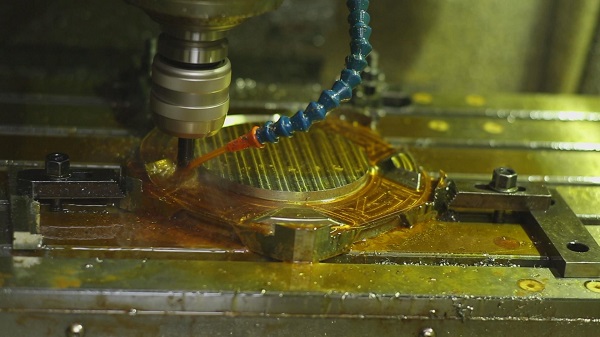Get in touch.
Dear,I will reply in 12 hours. All your message are protected!
Rapid Prototyping Services, Professional manufacturer of CNC Prototyping and 3D Prototyping in China.
CNC (Computer Numerical Control) machining is a versatile and precise method for creating holes in various materials. This article will guide you through the process of machining holes using CNC, ensuring accuracy and efficiency in your hole production.

1.Designing the Hole:
Start by designing the hole using Computer-Aided Design (CAD) software. Specify the hole diameter, depth, and any other necessary parameters. Ensure the design aligns with your requirements and specifications.
2.Material Selection:
Choose the appropriate material for your project, considering factors such as hardness, machinability, and thickness. Securely fix the material onto the CNC machine to prevent movement during the machining process.
3.Tool Selection:
Select the appropriate cutting tool for machining the hole. Depending on the hole diameter and material, options include drills, end mills, or specialized hole-making tools. Choose a tool that is suitable for the material and can produce the desired hole dimensions.
4.Programming the Machining Process:
Use CNC programming software to create the machining program. Define the toolpath, hole diameter, depth, feed rate, and any other necessary parameters. The program is typically written in G-code, the language used to control CNC machines.
5.Setting Up the Machining Process:
Upload the machining program to the CNC machine and perform the necessary setup. This includes tool installation, workpiece alignment, tool length compensation, and setting the appropriate cutting parameters.
6.Machining the Hole:
Initiate the CNC machine and execute the machining program. The machine will accurately follow the programmed toolpath, gradually removing material to create the hole. The process may involve multiple passes to achieve the desired hole depth.
7.Inspection and Verification:
Once the machining is complete, inspect the hole for accuracy and quality. Measure the hole dimensions using appropriate measuring tools, such as calipers or micrometers, to ensure it meets the specified requirements.
8.Post-Machining Processes:
Depending on your project requirements, you may need to perform additional processes such as deburring or cleaning to finish the machined hole.
Conclusion:
CNC machining provides a reliable and efficient method for machining holes with precision. By following the steps outlined in this article, you can successfully machine holes using CNC technology. Remember to consider material selection, tooling, programming, and setup to achieve the best results. Prioritize safety and acquire the necessary training and expertise before operating CNC machines.
© 2005-2025 Shenzhen Tuowei Model Technologies Co., Ltd. | All Rights Reserved 粤ICP备11096697号